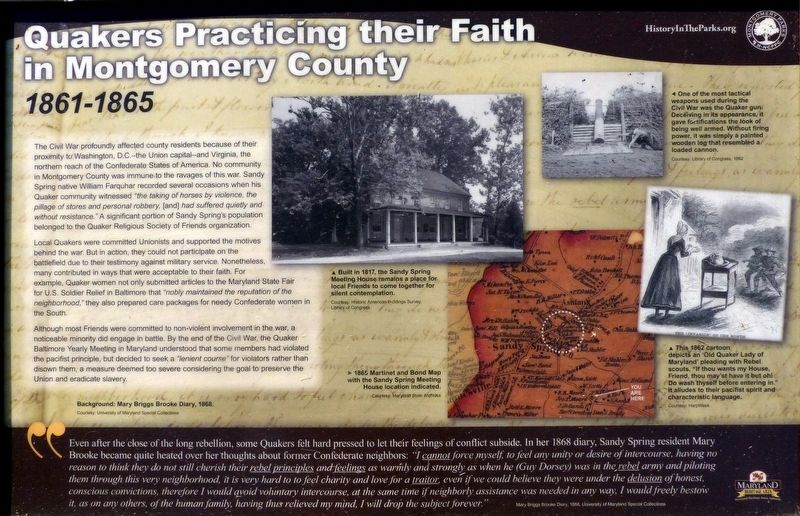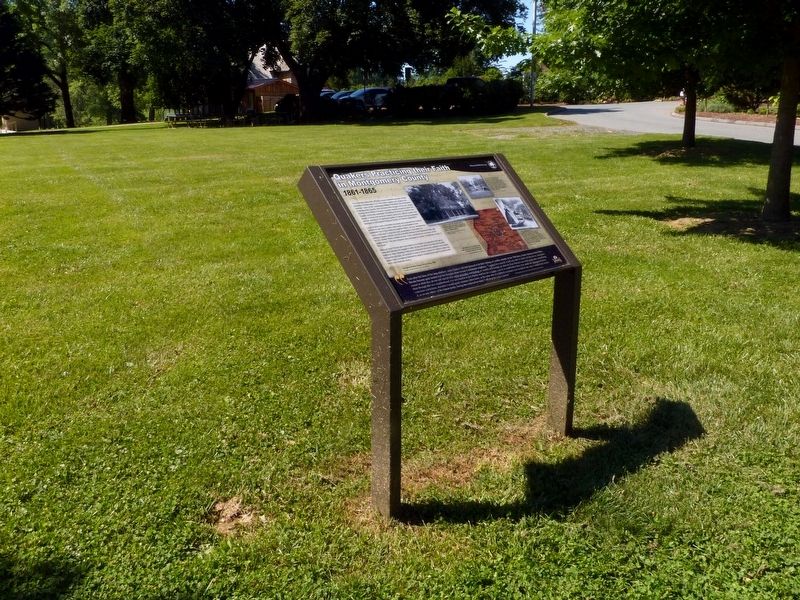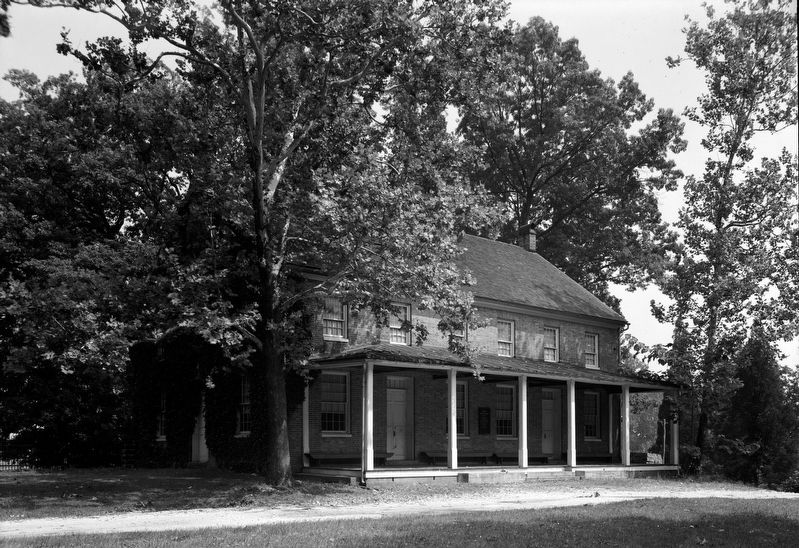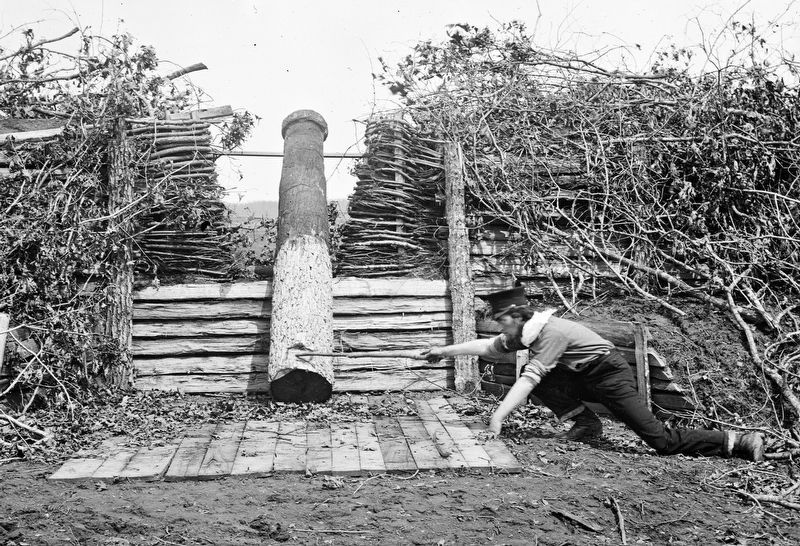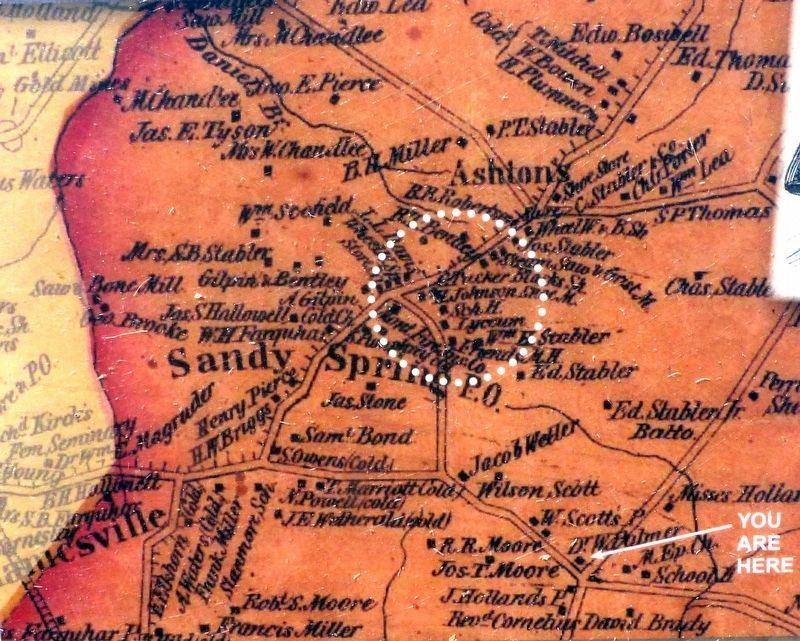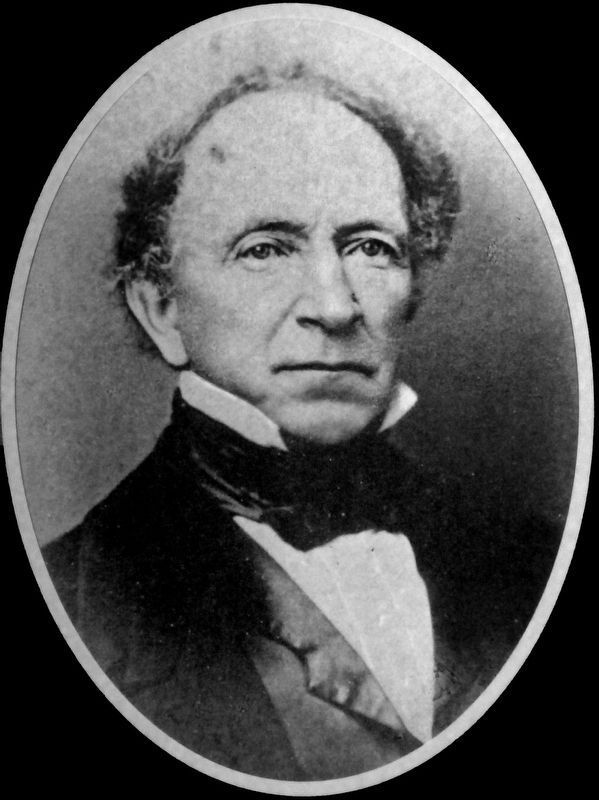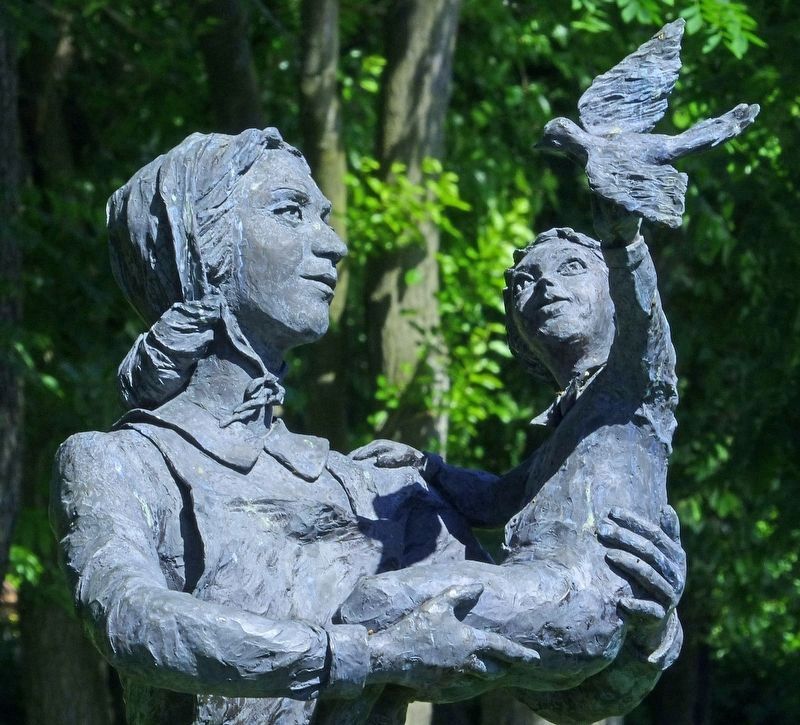Sandy Spring in Montgomery County, Maryland — The American Northeast (Mid-Atlantic)
Quakers Practicing their Faith in Montgomery County
1861-1865
Inscription.
The Civil War profoundly affected county residents because of their proximity to Washington, D.C. —the Union Capital— and Virginia, the northern reach of the Confederate States of America. No community in Montgomery County was immune to the ravages of this war. Sandy Spring native William Farquhar recorded several occasions when his Quaker community witnessed “the taking of horses by violence, the pillage of stores and personal robbery, [and] had suffered quietly and without resistance.” A significant portion of Sandy Spring's population belonged to the Quaker Religious Society of Friends organization.
Local Quakers were committed Unionists and supported the motives behind the war. But in action, they could not participate on the battlefield due to their testimony against military service. Nonetheless, many contributed in ways that were acceptable to their faith. For example, Quaker women not only submitted articles to the Maryland State Fair for U.S. Soldier Relief in Baltimore that “nobly maintained the reputation of the neighborhood,” they also prepared care packages for needy Confederate women in the South.
Although most Friends were committed to non-violent involvement in the war, a noticeable minority did engage in battle. By the end of the Civil War, the Quaker Baltimore Yearly Meeting in Maryland understood that some members had violated the pacifist principle, but decided to seek a “lenient course” for violators rather than disown them, a measure deemed too severe considering the goal to preserve the Union and eradicate slavery.
“ Even after the close of the long rebellion, some Quakers felt hard pressed to let their feelings of conflict subside. In her 1868 diary, Sandy Spring resident Mary Brooke became quite heated over her thoughts about former Confederate neighbors: “ I cannot force myself, to feel any unity of desire of intercourse, having no reason to think they do not still cherish their rebel principles as warmly and strongly as when he (Guy Dorsey) was in the rebel army and piloting them through this very neighborhood, it is very hard to feel charity and love for a traitor; even if we could believe they were under the delusion of honest, conscious convictions, therefore I would avoid voluntary intercourse, at the same time if neighborly assistance was needed in any way, I would freely bestow it, as on any others, of the human family, having thus relieved my mind, I drop the subject forever.” — Mary Briggs Brooke Diary, 1868. University of Maryland Special Collections.
Topics and series. This historical marker is listed in these topic lists: Churches & Religion
• War, US Civil. In addition, it is included in the Quakerism series list. A significant historical year for this entry is 1868.
Location. 39° 7.734′ N, 77° 1.55′ W. Marker is in Sandy Spring, Maryland, in Montgomery County. Marker can be reached from Norwood Road. At Woodlawn Manor Park. Touch for map. Marker is at or near this postal address: 16501 Norwood Road, Sandy Spring MD 20860, United States of America. Touch for directions.
Other nearby markers. At least 8 other markers are within 2 miles of this marker, measured as the crow flies. Welcome to the Woodlawn Stone Barn Visitor Center (about 300 feet away, measured in a direct line); Woodlawn (about 400 feet away); The Rachel Carson Greenway (about 500 feet away); African Americans and Quakers in Sandy Spring (about 500 feet away); Children Growing Up in Montgomery County (approx. ¼ mile away); The Holland Red Door Store (approx. ¼ mile away); The Sandy Spring (approx. 0.8 miles away); The Sandy Spring Ash Tree (approx. 1.1 miles away). Touch for a list and map of all markers in Sandy Spring.
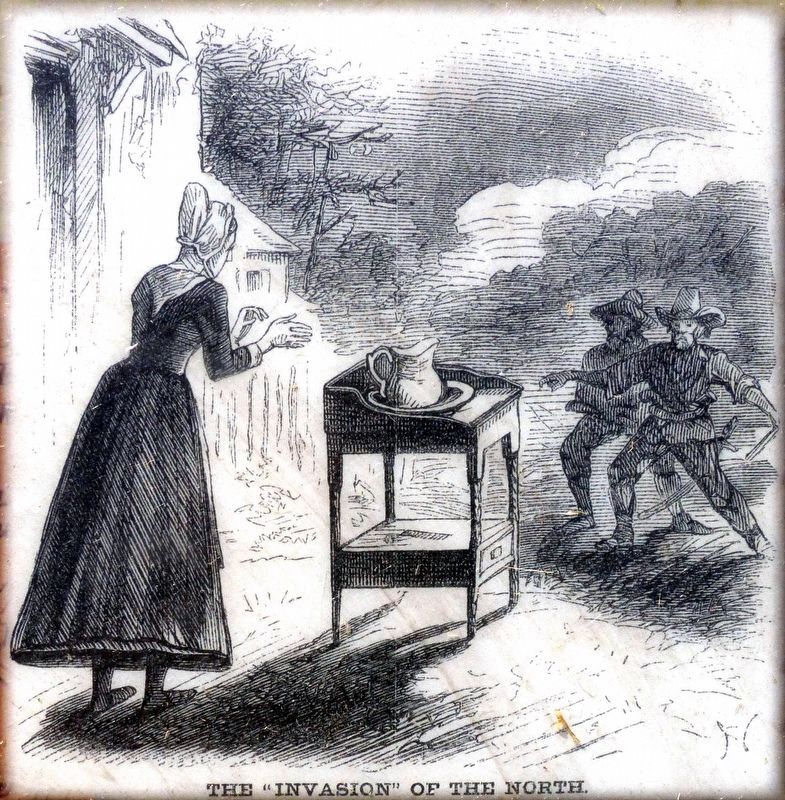
Photographed By Allen C. Browne, June 9, 2017
5. The “Invasion” of the North
This 1862 cartoon depicts an ‘Old Quaker Lady of Maryland’ pleading with Rebel scouts, “If thou wants my house, Friend, thou may'st have it but oh! do wash thyself before entering in.” it alludes to their pacifist spirit and characteristic language. Close-up of image on marker
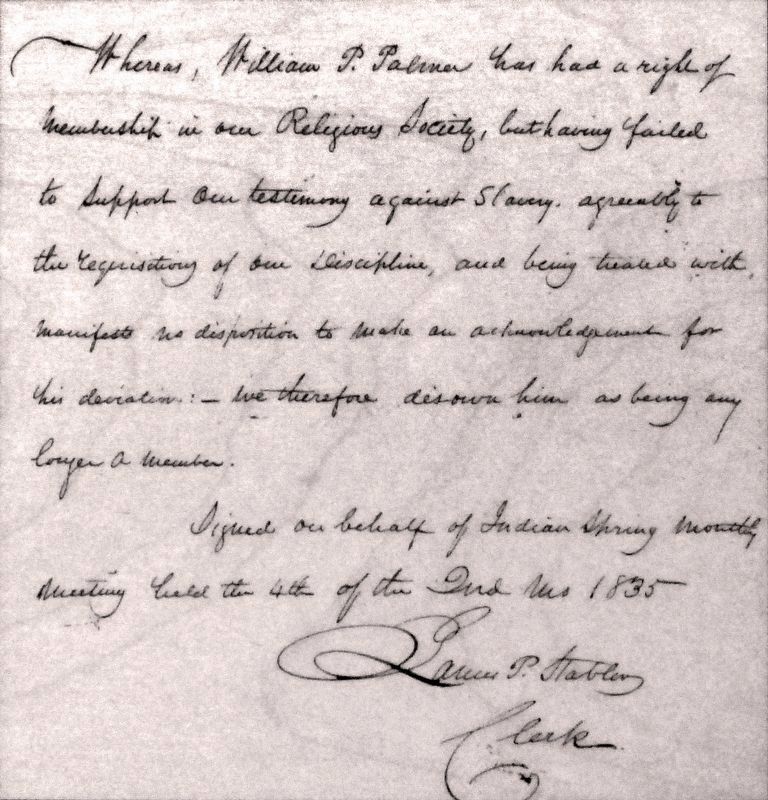
Photographed By Allen C. Browne, June 9, 2017
8. Document reading Dr. Palmer out of the Indian Spring Monthly Meeting.
“Whereas William P. Palmer has had a right of membership in our Religious Society, but having failed to Support our Testimony against Slavery,... we therefore disown him as being any longer a member.”Close-up of photo on signage at Woodlawn Manor Cultural Park
Credits. This page was last revised on January 24, 2022. It was originally submitted on June 9, 2017, by Allen C. Browne of Silver Spring, Maryland. This page has been viewed 400 times since then and 35 times this year. Photos: 1, 2, 3, 4, 5, 6. submitted on June 9, 2017, by Allen C. Browne of Silver Spring, Maryland. 7, 8, 9. submitted on June 10, 2017, by Allen C. Browne of Silver Spring, Maryland. • Bill Pfingsten was the editor who published this page.
